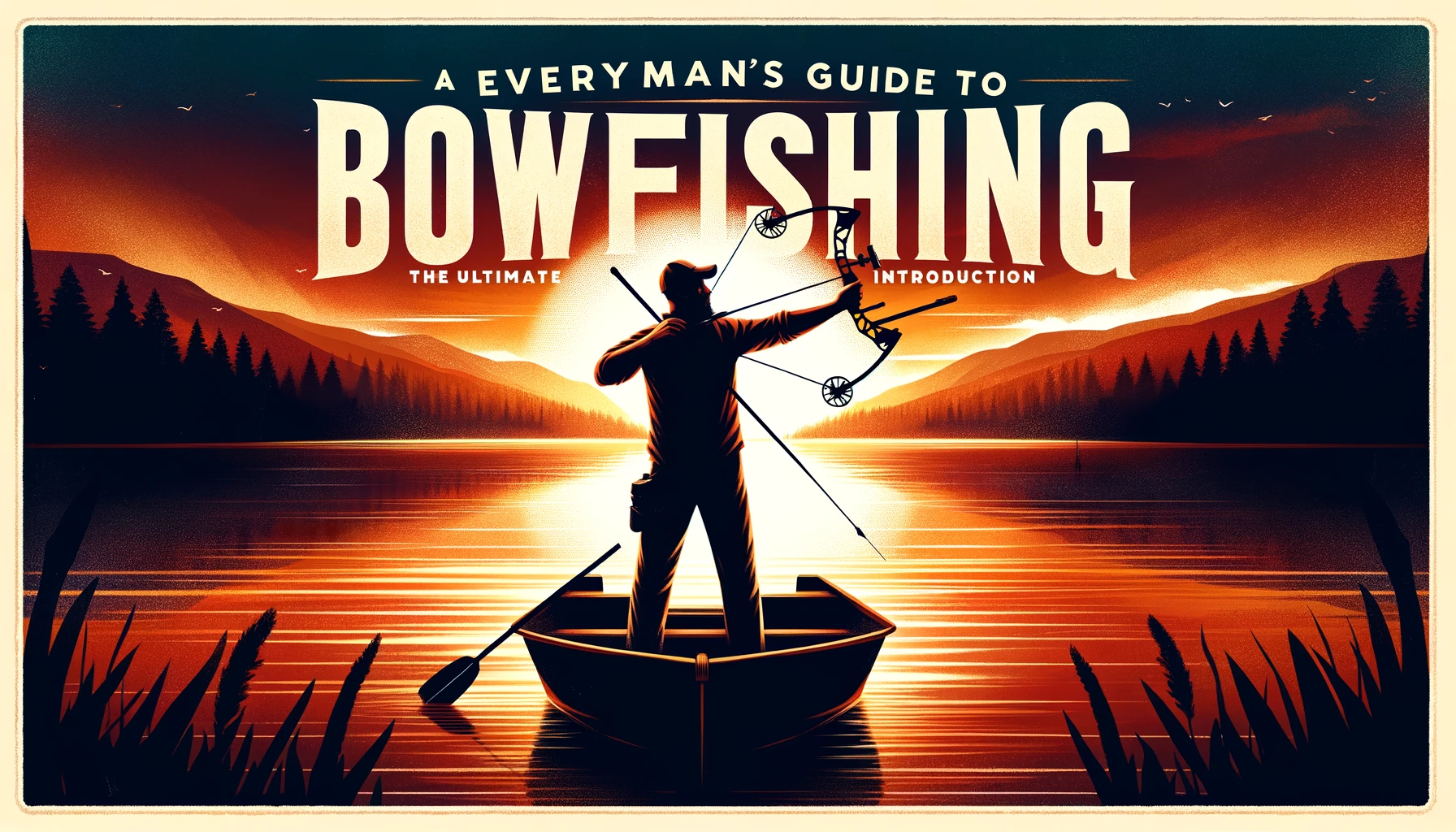
Bowfishing combines the thrill of hunting with the serene beauty of fishing, creating an adrenaline-pumping activity that’s accessible to all. Whether you’re a seasoned hunter, an avid fisherman, or a complete novice, this guide will walk you through everything you need to know to get started with bowfishing. From the basics of equipment and techniques to advanced strategies and conservation ethics, we’ve got you covered.
Table of Contents
Bowfishing is a unique sport that allows anglers to hunt fish using specialized archery equipment. Unlike traditional fishing, bowfishing doesn’t rely on baiting and waiting; it’s all about stalking and shooting fish with a bow and arrow. This dynamic method offers a hands-on, immersive experience in nature’s waterscapes.
Before diving into the waters, understanding the essentials of bowfishing gear and techniques is crucial.
Mastering bowfishing requires practice and understanding of key techniques.
Elevate your bowfishing skills with advanced tactics and strategies.
Bowfishing is more than just a sport; it’s a way to connect with the environment and community.
Bowfishing offers an exciting, hands-on approach to fishing that combines the precision of archery with the challenge of fishing. It’s an accessible sport that welcomes participants of all skill levels to enjoy the great outdoors while contributing to conservation efforts. With the right equipment, knowledge, and respect for the environment, anyone can embark on a bowfishing adventure.
1. What is the best time of day to go bowfishing?
Answer: The best time for bowfishing varies depending on the species you’re targeting, but many bowfishers prefer either early morning or late evening into the night. These times offer lower light conditions, which can make it easier to see and stalk fish. Night bowfishing is also popular, as many fish are more active and visible due to the use of bow-mounted lights.
2. Do I need a special license for bowfishing?
Answer: Yes, in most cases, you will need a fishing license to bowfish, but the specific requirements can vary depending on the jurisdiction and the type of water body (freshwater vs. saltwater). Always check with your local wildlife agency or conservation department to ensure you have the necessary permits or licenses.
3. What are the most common species targeted in bowfishing?
Answer: The most commonly targeted species in freshwater bowfishing include carp, gar, catfish, and buffalo fish. In saltwater environments, bowfishers often target stingrays and various shark species. The specific species available can vary significantly depending on your location and the habitat.
4. Is bowfishing considered ethical and sustainable?
Answer: Bowfishing, when practiced responsibly, is considered both ethical and sustainable. It can play a crucial role in controlling invasive species and managing fish populations in certain ecosystems. Ethical bowfishing involves following all local regulations, targeting invasive or overpopulated species, and avoiding wasteful practices by utilizing the catch or practicing catch and release where applicable.
You can also visit : The shooting gears
A hunting rifle is more than just a tool it’s a trusted companion in the…
Choosing the best tree stands under $300 is one of the smartest investments a hunter…
When dark clouds roll in and rain starts falling, many hunters pack up their gear…
Competitive shooting requires skill, precision, and the right equipment. Whether you're a seasoned competitor or…
The world of archery is undergoing an exciting evolution. What once were purely mechanical tools…
Welcome to the latest 2025 hunting-season guide, tailored for readers of TheShootingGears. Whether you’re carving…
This website uses cookies.